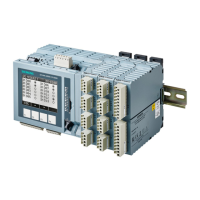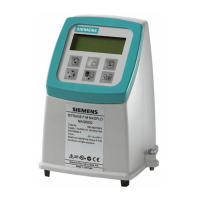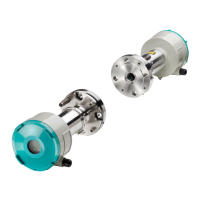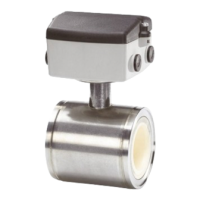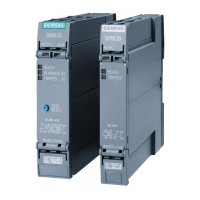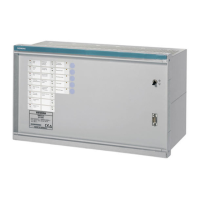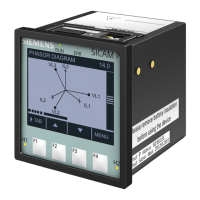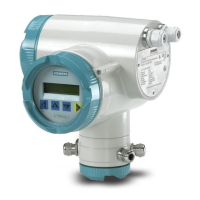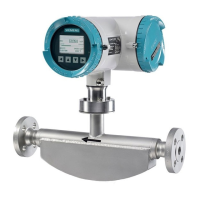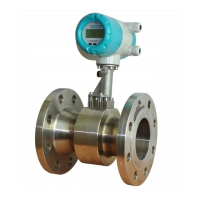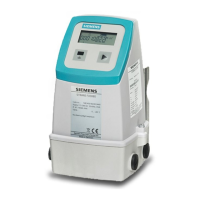Sample gases
When measuring toxic or corrosive gases, the gas path may start to leak and sample gas can
accumulate in the device. This means devices used in hazardous areas must be purged with air
or inert gas. The gas discharged by purging must be routed via an exhaust gas line for
environmentally-friendly disposal.
During the operation of wall-mounted devices with Ex ec or Ex t type of protection:
• Do not introduce gases which have toxic, corrosive or ammable components in potentially
dangerous concentrations.
Common exhaust gas line
When the sample gas is removed into a collective exhaust line, observe the following points:
• The exhaust gas line must be free of "rapid" pressure uctuations. If such pressure
uctuations are present, implement appropriate remedial measures:
– Install a special exhaust line.
– Adjust diameter of combined exhaust line to prevent build up of dynamic pressure.
– Alternatively: Install a damping vessel (> 1l) between the device and the exhaust line.
• Water can condensate in the exhaust line.
– Therefore, install the exhaust line as vertical as possible.
See also
Technical data (Page87)
4.4.2 Leaky gas connections
NOTICE
Leaky gas connections
A gas-tight connection cannot be achieved if you install the clamping ring connections before
a sample gas restrictor or clamping screw was screwed onto the connecting socket. The gas
connection is irreversibly leaky.
• Observe the information provided by the manufacturer of the clamping screws. Observe the
installation guidelines.
• Before you install the clamping ring connections, make sure that the connecting socket is
either equipped with a sample gas restrictor or with a clamping screw.
• Tighten the clamping screws in accordance with the mounting specications of the
manufacturer using a suitable open-ended wrench. In the process, make sure that you
counter properly.
Connecting
4.4Gas connections
SIPROCESS GA700 rack and wall mounted devices
42 Compact Operating Instructions, 06/2023, A5E35134047-AB

